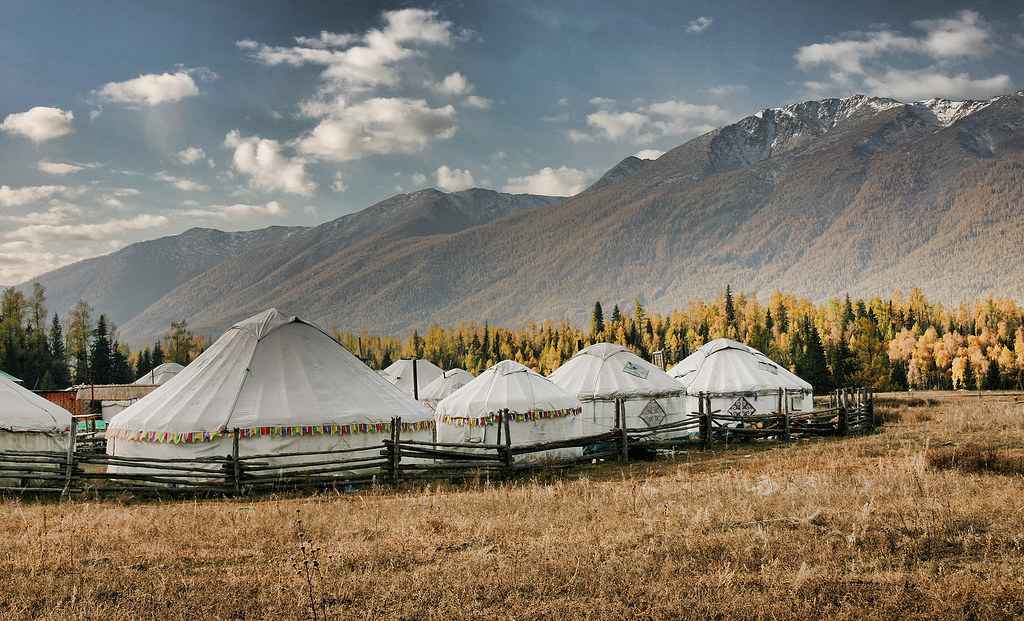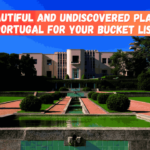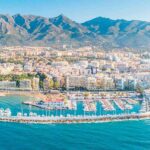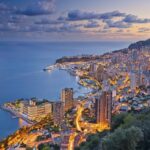The authentic Mongolian culture can be found in its central steppe, between the ancient imperial capital of Karakorum and the Siberian taiga of Lake Ubsugul.
Mongolia is still a very unknown country. Located in the heart of Central Asia, with Russia to the north and China to the south, it has survived to this day with its own territory and an identity rooted in nomadism, genuine, democratic and unique in the world. Geographically, it is divided into four main parts: the Gobi Desert to the south, the Altai massif to the west, the central steppe with the Khangai Mountains and the eastern steppe to the east.
Although all areas are of interest, the authentic Mongolian culture can be found in its central steppe, between the ancient imperial capital of Karakorum and Lake Ubsugul on the Russian border. Here there are Bronze Age monoliths, the birth of the Hun Empire that terrified Rome and the development of the great nomadic Mongolian empire of Genghis Khan in the 13th century. His successors, Ogodei and Kublai Khan, conquered China, Russia, Persia and Mesopotamia, linking Europe with the Pacific, forming the largest empire of all time in a continuous territory through which the Silk Road expanded, as Marco Polo recounted.
For this reason, Genghis Khan himself has been named the most influential personality of the last thousand years. In the 16th century, Tibetan Buddhism was established by building monasteries that were destroyed in the 20th century during the Soviet period and are now being restored. More than three million Mongolians live in a country three times the size of the Iberian Peninsula, made up of mountains, steppes, ancient volcanoes, deserts, boreal forests and lakes where millions of horses and yaks graze in a landscape of breathtaking beauty.
Also Read : Best European Christmas Market to visit this Christmas
The capital of an empire
The tour begins in Ulaanbaatar, a dynamic city with new buildings replacing the ger (yurt) neighborhoods that extend along the outskirts. A network of good museums, including the modern National Museum of Genghis Khan, surround Sukhbaatar Square, the centre of the capital. In the north-west is the Gandan Monastery, with the colossal statue of Buddha.
Before setting out into the steppes, it is important to prepare your journey well, although traffic is free there are many dirt roads and very few signs. Head west and once past the Bayan Gobi dune field you will find Karakorum, the true capital of the ancient Mongol empire. Nothing remains of the archaeological site except a giant stone turtle and a good museum. Material from the city was reused in the construction of the adjacent Erdene Zuu Buddhist monastery between the 16th and 20th centuries. The site contains a good set of temples in Mongol, Chinese and Tibetan styles recognised as World Heritage within the Cultural Landscape of the Orkhon Valley, a river that can be seen from a viewing point south of the city.
The land of the reindeer-men
The route continues along the Khanghai Mountains on their northern slopes. A beautiful steppe connects the thermal springs of Tsenkher with the city of Tsetserleg and its monastery-museum Zayiin Khuree. Turning north, there is the Khorgo volcano, next to the white lake, in a beautiful national park that is an ornithological landmark in Mongolia.
Further north, you reach Mörön, from where you can access the prehistoric sites, and beyond that is Khatgal, the port of the great lake Ubsugul, the second largest lake in Central Asia after Baikal. Here, the boreal forest of large conifers predominates, where there are still about two hundred tsaatan, the reindeer-men. Critically endangered, they survive by tending herds of reindeer in these remote territories with freezing winters, led by their shamans, the sorcerers who protect the Siberian taiga.










